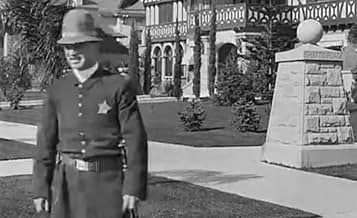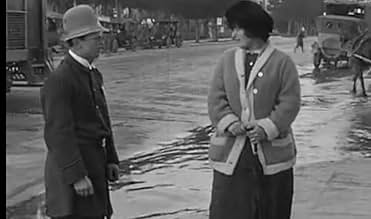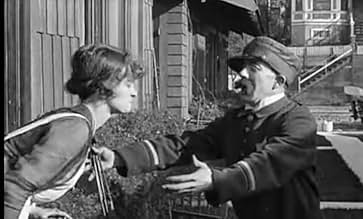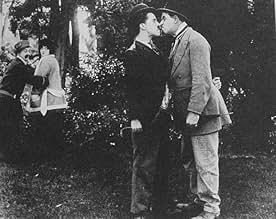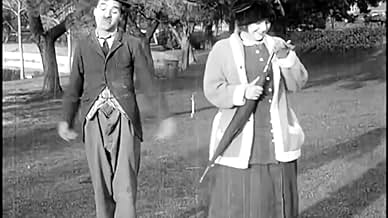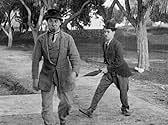Charlie and another man compete in trying to help a young lady cross a muddy street. The rival finds a wooden plank which Charlie takes from him. They fight over an umbrella belonging to the... Read allCharlie and another man compete in trying to help a young lady cross a muddy street. The rival finds a wooden plank which Charlie takes from him. They fight over an umbrella belonging to the rival. A policeman settles the dispute, ultimately arresting the rival. An innocent tramp... Read allCharlie and another man compete in trying to help a young lady cross a muddy street. The rival finds a wooden plank which Charlie takes from him. They fight over an umbrella belonging to the rival. A policeman settles the dispute, ultimately arresting the rival. An innocent tramp is pushed into the lake.
- Director
- Writers
- Stars
- Director
- Writers
- All cast & crew
- Production, box office & more at IMDbPro
Featured reviews
Of historical interest.
In this one, Chaplin shares the screen with another big star of the time, Ford Sterling. These two fight over the attention of the woman (and over the umbrella). Although, Ford Sterling's character seems to fight more with the woman, than with the other man. I guess I didn't find the blatant beating of the woman that funny (oh, the modern 'soft' man).
The film had some moments that proved to grow into something, but I guess the rushed production prevented the development of more elaborate gags. The film itself is not very memorable but it gives us a good comparison between young Charles Chaplin and an already established star. When you pay attention to the styles of these two comedians then it is clear why the world still remembers and hails on as the greatest of all times while the other is totally forgotten (besides by the small subculture of silent comedy aficionados). Chaplin's star started to shine almost immediately.
The editing is poor enough to lose the plot from time to time, if there is a plot that extends beyond the individual slapstick-filled scenes.
The film has a certain slight charm as an historical curiosity. Here it is -- 1914 in Los Angeles, and what looks like Echo Park might have looked in 1914 Los Angeles.
A dog wanders innocently in and out of a scene but nobody cares. The pratfalls are backward somersaults. It's all very casual and lacks poetry.
Anyway, pretty fun. Chester Conklin (the policeman) later played the technician in "Modern Times".
But Between Showers, for the first time, presents the Little Tramp as a somewhat noble, almost heroic character, who comes to the aid of a damsel in distress (here portrayed by an Edna Purviance prototype). He still has rough edges, but Chaplin was starting to flesh out the character.
The plot of Between Showers is an illustration of how delightfully simple and high concept early silent comedies could be. A man steals an umbrella -- that's pretty much the plot, with a little (attempted) romance tossed in for good measure. It's a fun little film, and fascinating to watch from the perspective of observing how Chaplin is slowly crafting his most famous character.
Did you know
- TriviaEmma Bell Clifton was hired by Mack Sennet because she resembled Mabel Normand. Some reviews mistakenly list Normand in the credits of this film and another film featuring Chaplin and Clifton called "A Film Johnnie".
- ConnectionsFeatured in Charlie Chaplin, l'homme le plus drôle du monde (1967)
Details
- Release date
- Country of origin
- Official sites
- Languages
- Also known as
- Between Showers
- Filming locations
- MacArthur Park, Los Angeles, California, USA(Westlake Park)
- Production company
- See more company credits at IMDbPro
- Runtime15 minutes
- Color
- Sound mix
- Aspect ratio
- 1.33 : 1
Contribute to this page


